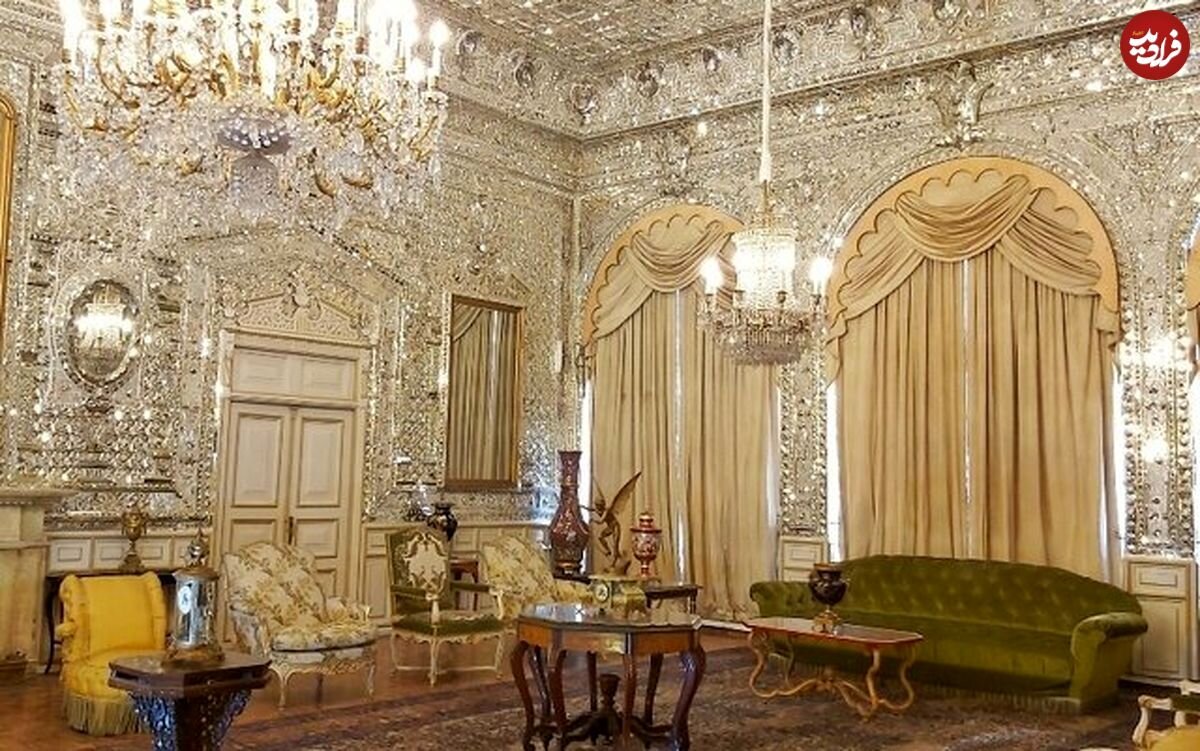INSUBCONTINENT EXCLUSIVE:
tiles were found beneath a closet
presides over the World Heritage site, said on Tuesday.Constructed upon the order of Naser al-Din Shah Qajar, Talar-e Brelian was named so
of Brilliant Hall, which were probably doors toward the inner part of the palace during the Qajar era
repair of Brilliant Hall, we decided to restore all architectural decorations, stucco and other decorations without any change in the
and because they were not strong enough to arrange things, they had to be repaired
tiles found inside these closets were very damaged and we repaired them on an urgent project.An interesting thing to note is that these
glazed tiles, better known as Haft Rang Persian Tiles, were originally made to adorn the exterior and interior of secular and religious
Those tiles first came to prominence in the late 15th and 16th centuries when artists frequently chose to decorate them with painted designs
showing plants, birds, people and calligraphy.Because the Haft Rang tiles were directly plastered onto the walls, in comparison to mosaic
faience, they were more prone to damage over time
This technique lasted until the Qajar dynasty (1789-1925) but slowly faded into the background during the later years of this
period.Although the name of this technique is Haft Rang, it does not necessarily mean that all seven colors are used in every tile piece or
even in the entire composition, although in some cases it does
Some of the main colors used in this technique are black, white, turquoise, yellow, pastel pink, and cobalt blue.Golestan Palace once served
as the official residence of Qajar monarchs who ruled Persia (Iran) between 1789 and 1925
It exemplifies architectural and artistic achievements of the Qajar epoch, as well as an introduction of European motifs and styles into
Persian arts.Experts say it displays a remarkable mixture of ancient Persian and contemporary European architectural styles, which
characterized much of Iranian art in the 19th and 20th centuries.The property embodies a successful integration of earlier Persian crafts
and architecture with Western influences
Over the past two centuries, it became a center of arts and architecture, a source of inspiration for Iranian artists and architects to this
day.Currently, the complex consists of eight key palace edifices mostly used as museums and the eponymous gardens, a green shared center of
the complex, surrounded by an outer wall with gates.AFM

